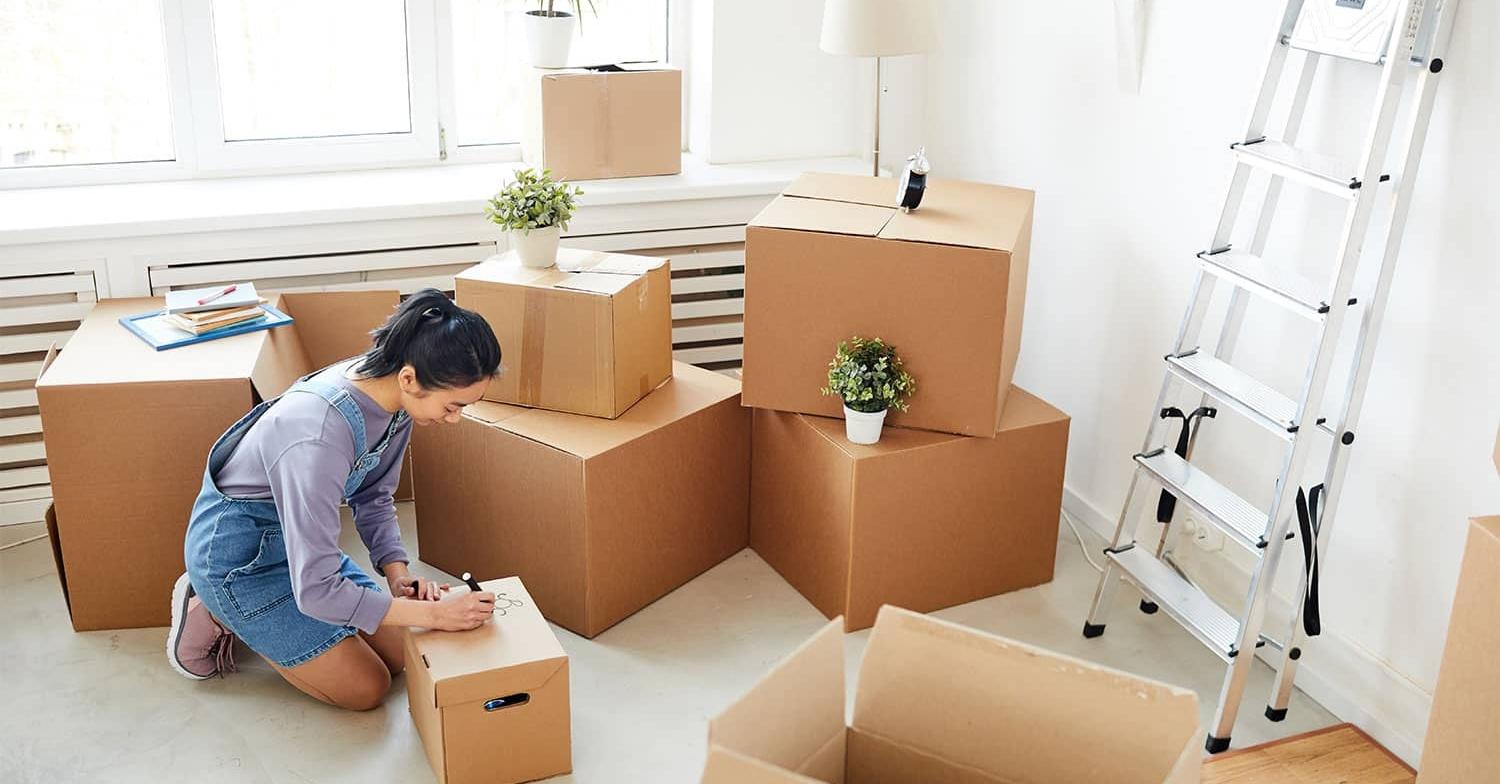Choosing the right moving boxes stands as a critical element to a successful move; it is indeed an exciting–yet, challenging–task requiring meticulous planning and organization. The selection of appropriate boxes may appear straightforward: however, this seemingly simple task significantly impacts not only safety but also efficiency throughout the relocation process. Explore this comprehensive guide, which delves into the crucial factors you must consider: choosing moving boxes. A seamless–stress-free move hinges on these essentials.
Size Matters
When selecting moving boxes, their size stands as the primary and most crucial consideration for movers. Various items demand distinct box sizes to guarantee safety and efficiency during transport: lightweight bulky goods such as bedding and pillows are best accommodated in large boxes; on the other hand, heavier materials like books or kitchenware suit smaller containers more effectively. Using a diverse range of sizes: this strategy not only distributes weight evenly, but also facilitates the process of stacking and loading with ease.
Strength and Durability
When considering strength and durability, it’s essential to recognize the unequal creation of all boxes. Assessing the weight and fragility of your belongings is crucial in determining necessary box strength; for fragile items or heavier possessions, investing in high-quality double-walled boxes–which offer extra protection–is recommended. The inherent durability of these robust boxes minimizes the risk of collapse or tear during transit; this, in turn, guarantees your valuables’ safety.
Specialty Boxes for Fragile Items
Glassware, artwork, and electronics demand specialized packaging and extra care due to their fragility or value. Specialty boxes tailored for these items – frequently equipped with supplementary padding and dividers – offer an excellent investment option. Engineers have designed these boxes to deliver optimal protection for delicate or valuable possessions, significantly reducing the threat of breakage or damage.
Consider the Medium
Various materials offer moving boxes, with cardboard prevailing as the most common; nevertheless, alternatives like plastic bins or crates are available. Plastic containers boast durability and weather-resistance–furthermore, they provide enhanced protection against moisture. Although their price might exceed that of cardboard, the option to reuse them for storage post-move justifies their cost: a sustainable choice indeed.
Calculate Quantity Wisely
Accurately estimating the necessary number of boxes bears crucial importance: running out mid-packing not only introduces delays and frustration–it can disrupt your schedule entirely. Conversely, possessing an excess may lead to unwarranted expenditures; thus, striking a balance is essential. To calculate the required quantity of boxes, one should consider: the size of their home; its number of rooms–and critically important–the volume attributed to their belongings. Most moving supply stores provide estimates based on the size of your residence.
Free Boxes vs. Purchased Boxes
Purchasing new boxes from moving supply stores remains a reliable option; however, one must consider alternatives. Numerous grocery stores and local businesses dispose of robust boxes – potential candidates for repurposing in relocations. Yet, it is essential to verify the good condition of these boxes: they should be free from tears or structural damage. Remember: the application of a blend–comprising both purchased and complimentary boxes, perhaps!–could potentially yield an economical resolution.
Labeling and Organization
The moving box selection process often overlooks efficient labeling, an aspect worth considering. Choose boxes featuring a smooth and writable surface for clear, visible labels. Implement a consistent labeling system that denotes both the room to which each box belongs and provides brief contents lists. Not only will this streamline the unpacking process, but it will also facilitate movers or friends assisting with the move in correctly placing boxes within their respective rooms.
Environmental Considerations
Consider eco-friendly options if you are concerned about the environmental impact of your move: many moving box suppliers offer boxes crafted from recycled materials. Further, aligning with sustainability goals involves opting for reusable or recyclable plastic containers post-move.
Conclusion
In conclusion, a crucial step towards guaranteeing a smooth and successful relocation involves selecting the appropriate moving boxes. Individuals can contribute to their belongings’ safety and overall efficiency of the moving process by considering factors such as size, strength, specialty requirements; material choice; quantity control – not forgetting environmental impact. Investing in the right boxes over time provides peace of mind and fosters an organized transition to a new home: it is truly a long-term payoff–a testament to careful planning and foresight.

